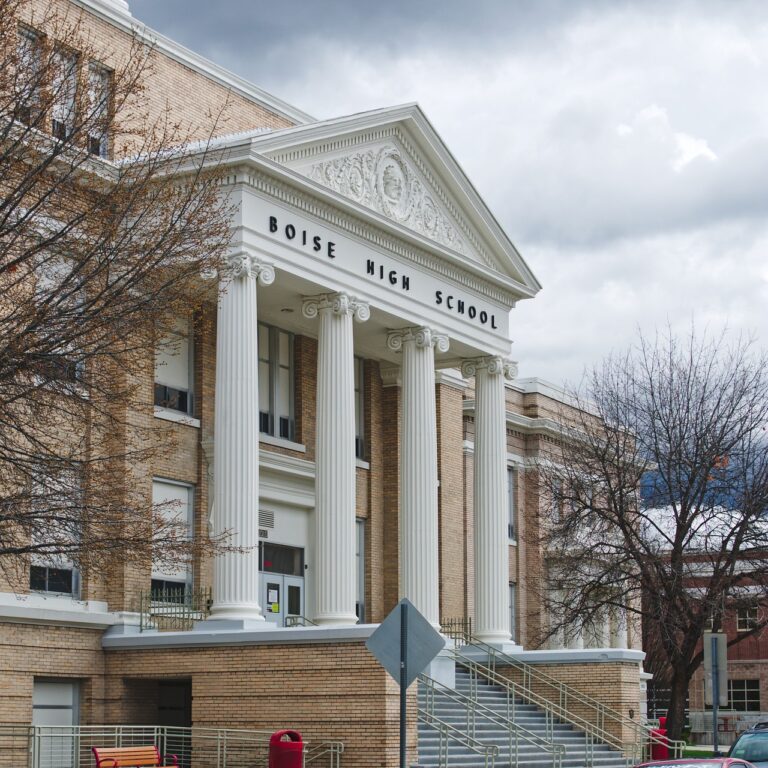Building Effective School-Community Partnerships
School-community partnerships play a crucial role in fostering a sense of belonging and unity within a society. By bringing together schools and the community, these partnerships create an environment where individuals can work collaboratively towards a common goal. This not only enhances the overall well-being of the community but also promotes social cohesion and equity.
Furthermore, school-community partnerships provide valuable resources and support for students, teachers, and families. Through these collaborations, schools can access additional funding, expertise, and services that may not be readily available within the educational system. This not only enriches the learning experience for students but also empowers educators to deliver high-quality education that meets the diverse needs of their students.
Benefits of Strong School-Community Partnerships
Strong school-community partnerships bring numerous advantages to both educational institutions and the communities they serve. These collaborations foster a sense of belonging and connectedness among students, families, educators, and community members. By working together, they create a supportive environment that enhances student well-being and academic achievement. Furthermore, these partnerships help bridge the gap between the school and the community, promoting a shared responsibility for the success of all students.
One of the key benefits of strong school-community partnerships is the collective expertise and resources that become available to support student learning and development. When schools and communities come together, they can tap into a wide range of resources, such as volunteer programs, mentorship opportunities, and access to community services. This shared knowledge and support network not only enrich the educational experiences of students but also strengthen the overall social fabric of the community. The collaboration between schools and communities ultimately leads to improved academic outcomes and prepares students for success in an increasingly interconnected world.
What are some examples of school-community partnerships?
School-community partnerships can involve collaborations between schools and local businesses, nonprofit organizations, government agencies, and community members.
How can school-community partnerships benefit students?
School-community partnerships can provide students with access to a wide range of resources, such as mentorship programs, internships, and extracurricular activities, that can enhance their academic and personal development.
How can school-community partnerships benefit schools?
Strong school-community partnerships can help schools improve student outcomes, increase parent engagement, and create a more supportive learning environment for students.
How can schools establish strong partnerships with their communities?
Schools can establish strong partnerships with their communities by actively seeking out collaboration opportunities, engaging with community stakeholders, and effectively communicating the benefits of the partnership to all parties involved.
Are school-community partnerships only beneficial for students?
No, school-community partnerships can benefit not only students but also teachers, parents, and the community as a whole by fostering a sense of shared responsibility for the success of the students and the school.





